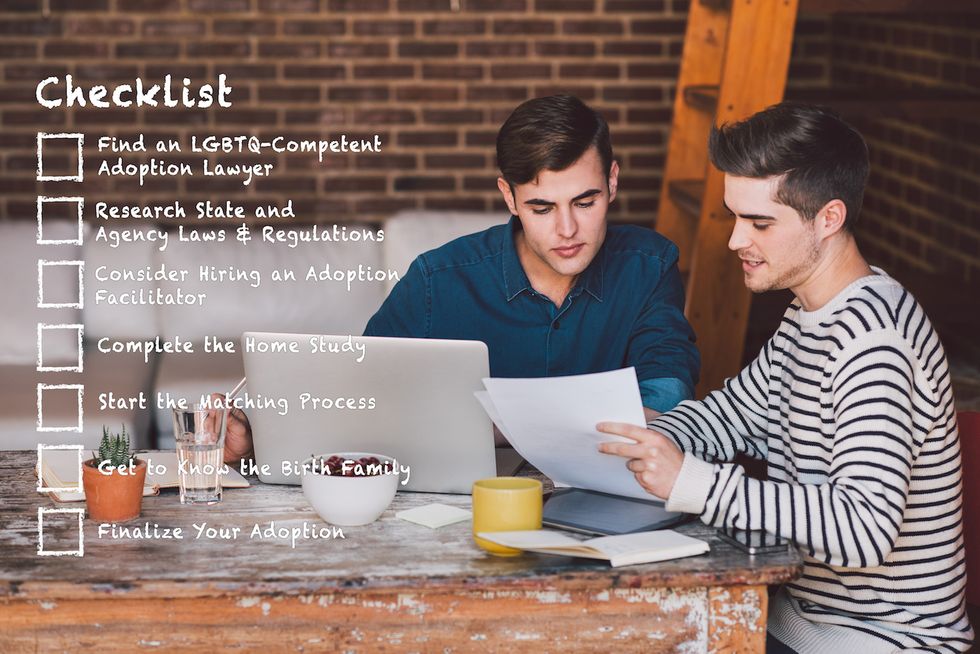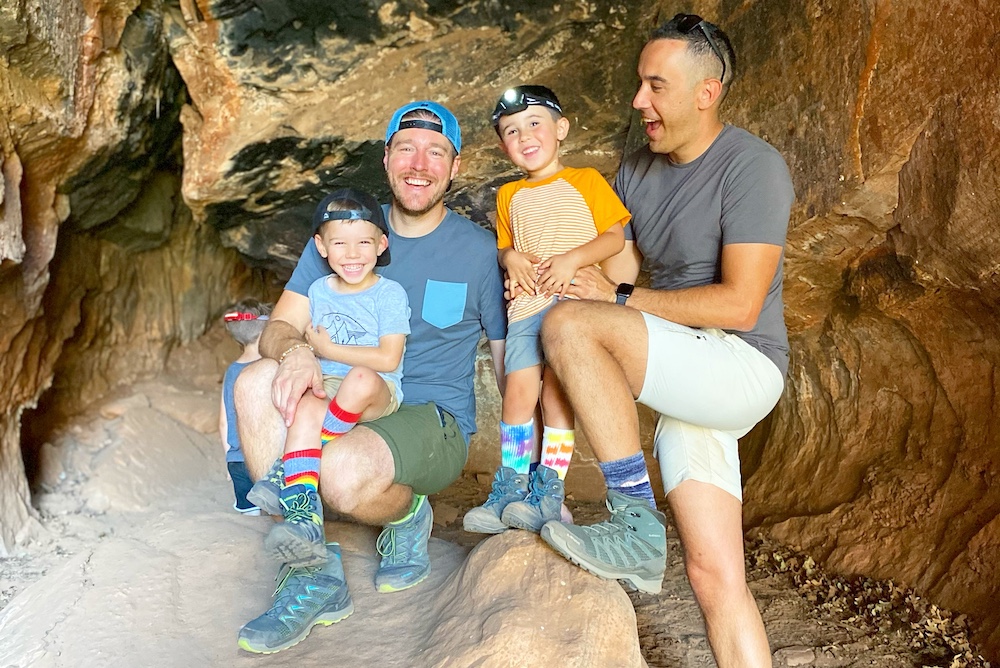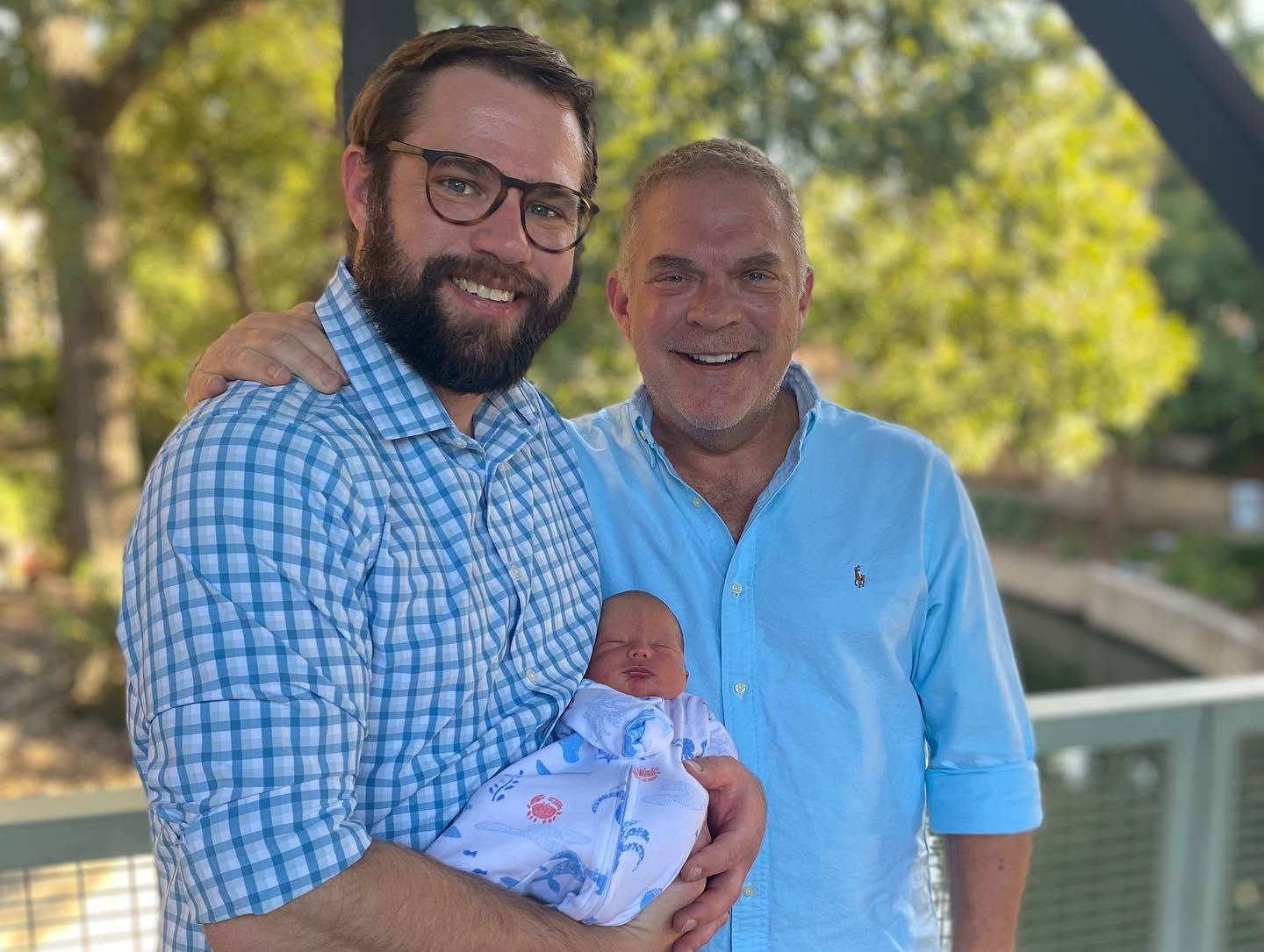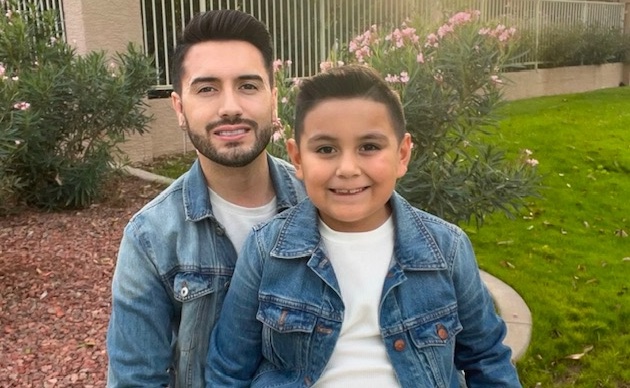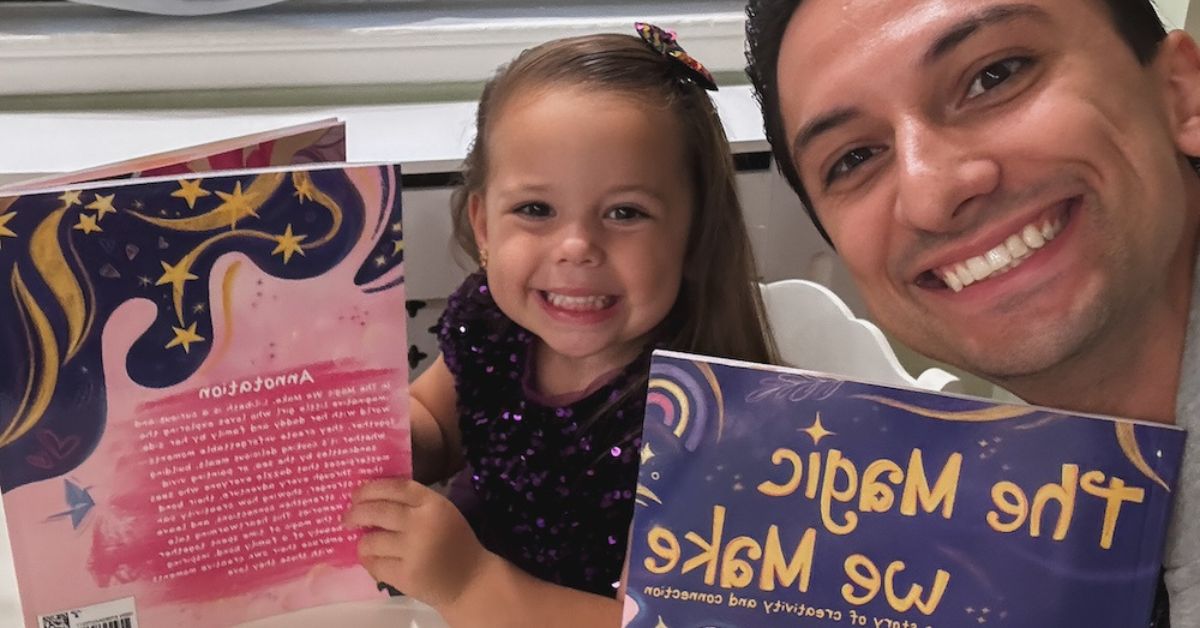So you’ve decided to adopt. You’ve weighed the differences between an agency adoption and an independent (or private) adoption, and you’ve decided on the latter. So what can gay men who have chosen to pursue an independent adoption expect from the process?
Step 1: Find an LGBTQ-Competent Adoption Lawyer
Your first step in an independent adoption will be to find an adoption lawyer. These days, with the breadth of options available to prospective gay dads, it’s no longer acceptable to be merely “LGBTQ-friendly.” You should search for and hire a lawyer who is LGBTQ-competent, and has a proven track record working with LGBTQ families. Unfortunately, there is no right or wrong way to go about locating the right lawyer for you. Start conducting some research online, and ask any friends and family who have previously pursued an independent adoption about their experiences. Some national organizations, like the National LGBT Bar Association and Lambda Legal, may be able to offer recommendations as well. You should also reach out to your local LGBTQ community center or advocacy organization and ask for recommendations.
Regardless of where your recommendations come from, be sure to ask any potential lawyer you hire to share his or her history working with LGBTQ parents: how many of their previous clients have been LGBTQ families? Do LGBTQ families have longer wait times, on average, than their heterosexual clients? You may also want to ask to speak with your lawyer’s previous LGBTQ clients to gain further insights into the experience.
State laws vary widely with respect to independent adoptions, so this step will be particularly important. Five states — Colorado, Connecticut, Delaware, Massachusetts, and North Carolina — don’t allow independent adoptions at all, and require all adoptive parents to work with a state-certified agency.
Step 2: Research State and Agency Laws & Regulations
Regardless of the path your choose, as a gay man or couple, it will be important for you to research the adoption laws governing your state as they vary. If you are adopting across state lines, moreover, you will need to understand the laws in both states. Though it is now legal for LGBTQ couples and individuals to petition to adopt in every state in the country, for instance, restrictions can still apply and the process can sometimes be overly complicated, particularly for single people or non-married couples. Your lawyer should be prepared to answer any questions you may have about state laws, and help navigate any potential issues.
Fortunately, since you are foregoing the services of an agency, you will not need to worry about any additional regulations beyond those required by state law. Many adoption agencies have standards beyond those required by state law. Some have age requirements, for instance, while others will refuse service to LGBTQ people or single men. Those pursuing an independent adoption, however, will not be subject to any agency regulations.
Step 3: Consider Hiring an Adoption Facilitator
If you pursue an agency adoption, a casework or social worker will be assigned to help guide you through the process. If you pursue an independent adoption, however, you will not have this built in support system. An adoption facilitator, where legally available, can help serve a similar function by helping match birth mothers with prospective adoptive parents. Facilitators are not regulated or licensed by any state agency, so if you choose to use one, be sure to get recommendations, and pick a reputable organization with a history of placing children with LGBTQ families.
Step 4: Complete the Home Study
The home study is required of every adoptive parent, regardless of whether you pursue an independent or agency adoption. In an independent adoption, you will be required to find and hire your own home study provider to conduct your home study. Your adoption lawyer should have recommendations on home study professionals.
The home study often causes prospective parents — gay or otherwise — considerable anxiety, but with some preparation, you can complete the process quickly and without difficulty. During the home study, you will be required to supply a series of documents, such as your driver’s license, financial information and birth certificate. You will also have to pass several clearances, including a criminal background check, and a check into any previous child abuse and neglect. Your home study provider will also be required to help assess your fitness as a parent, and ensure your home is safe for a child.
In conducting home studies, social workers take many factors into consideration such as the age, preferences, and needs of the child. The particular requirements and average length of the home study will vary by state, so check with your agency or lawyer. In most states, after the home study is complete, you are considered a “waiting family,” which means you have successfully completed your study and are approved to adopt.
Step 5: Start the Matching Process
Once you have completed your home study, it’s time to begin the matching process. In an independent adoption, the birth mother, rather than an agency, will select the adoptive parents based on any number of factors, including your particular set of values, interests, personality, family history and stories, and pictures.
Unlike in an agency adoption, however, the job of finding a birth family will fall to you or an adoption intermediary, such as a facilitator. To help locate birth families, prospective parents can consider any number of tactics, such as buying advertisements in newspapers, setting up pages on social media, or creating personal websites. Once again, be sure to check with your adoption lawyer prior to starting the matching process; many states regulate or outright prohibit certain kinds of advertising in the adoption process.
Step 6: Get to Know the Birth Family
Many adoptive parents choose to pursue an independent adoption for the higher level of involvement that can exist between adoptive and birth families. Without an agency serving as an intermediary, you and your birth mother will be allowed to customize the process to both of your liking.
Still, the method of communication between you and the birth mother might vary widely. You and/or the birth family may wish to keep communication to a minimum, and will perhaps communicate only infrequently. Other situations may involve more extensive communication with both the birth mother and her family. It will be up to you and the birth family to determine the type and amount of communication that works best for you.
Step 7: Finalize Your Adoption
After being officially matched with your birth mother, the next step is to finalize your adoption after the birth of the baby. In some instances, the finalization will occur at the hospital, as soon as the baby is born. In others, however, it can take weeks or even months before the finalization is complete.
Before an adoption can be finalized, some states require a “revocation” period during which the birth parents have the right to terminate the adoption agreement. This period can last anywhere from several hours to months after the birth of a child. After this waiting period, you will enter the “post-placement” phase of your adoption. During these months, your adoption agency will likely remain the legal guardian of the child while your social worker continues to visit your home to check in on you and your new family.
After the post-placement phase, which can last up to a year, the finalization of the adoption will occur in court. Though the surroundings can seem intimidating — in a courtroom, in front of a judge — finalization hearings are mostly a legal formality. It simply provides the judge an opportunity to verify that the birth parents have voluntarily terminated their parental rights and that you’ve complied with all state adoption laws.
Celebrate!
Need some ideas on how to celebrate the big day? Stay tuned to Gays With Kids for stories and pictures of gay dads completing their adoptions.

